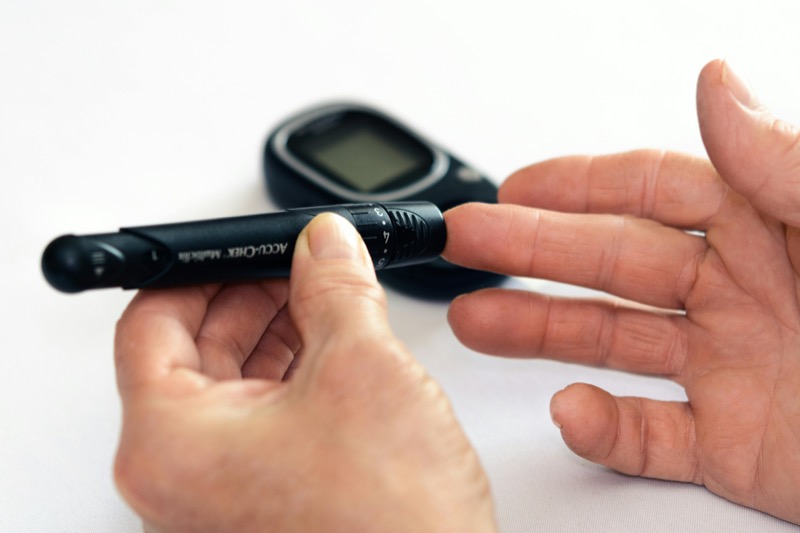
Regularly eating foods rich in carbohydrates (bread, rice, sweets, juices...) in large quantities forces the body to produce large amounts of insulin, the hormone that allows sugar (glucose) to enter cells.
Too Much Sugar = Too Much Insulin
- With each sugary meal, the pancreas releases insulin.
- Over time, the body becomes accustomed to this excessive stimulation.
👉 More and more insulin is needed to maintain normal blood sugar levels.
Insulin Resistance Sets In
- Cells become less sensitive to insulin.
- The pancreas works harder to compensate.
👉 This is hyperinsulinism: the body produces too much insulin, permanently.
The Pancreas Exhausts Itself... and Diabetes Sets In
- From being constantly solicited, the pancreas exhausts itself.
- It eventually can no longer produce enough insulin.
👉 Prediabetes becomes type 2 diabetes.
How to Prevent This Vicious Cycle?
- Adopt meals with a low glycemic index
- Favor fiber, good fats, and proteins
- Move after meals to regulate blood sugar
- Practice intermittent fasting or spaced meals to rest the pancreas
The Blood Sugar – Insulin – Pancreatic Fatigue Cycle
Understanding the progression from normal glucose metabolism to diabetes helps us recognize the importance of prevention. Here's how this metabolic deterioration unfolds:
| Phase | Body Mechanism | Metabolic Consequence |
|---|---|---|
| High Sugar Intake | Fast carbohydrates (white bread, juice, sweets...) → rapid rise in blood sugar | Sugar spike in the blood |
| Insulin Secretion | The pancreas releases insulin to normalize blood sugar | Activation of glucose uptake by cells |
| Excessive Repetition | Frequent sugar consumption → repeated solicitations of the pancreas | Daily insulin overproduction |
| Insulin Resistance | Cells become less sensitive to insulin | Insulin efficiency decreases |
| Hyperinsulinism | The pancreas produces +++ insulin to compensate | Silent inflammation, metabolic fatigue |
| Pancreatic Exhaustion | The pancreas becomes exhausted → decreased insulin production | Appearance of pre-diabetes then type 2 diabetes |
Breaking the Cycle: Practical Prevention Strategies
1. Choose Low Glycemic Index Foods
Opt for whole grains, legumes, vegetables, and fruits that release glucose slowly into the bloodstream. This prevents the dramatic spikes that exhaust your pancreas.
2. Balance Your Macronutrients
Include protein, healthy fats, and fiber with every meal. These nutrients slow glucose absorption and help maintain steady blood sugar levels.
3. Time Your Movement
A 10-15 minute walk after meals can significantly improve glucose uptake by muscles, reducing the burden on your pancreas.
4. Give Your Pancreas a Rest
Intermittent fasting or simply spacing meals 4-5 hours apart allows your pancreas to recover and can improve insulin sensitivity.
The Path Forward
Understanding hyperinsulinism is the first step toward preventing type 2 diabetes. By making informed dietary choices and lifestyle modifications, we can protect our pancreas and maintain healthy glucose metabolism throughout our lives.
At Family Clinic, we believe in the power of prevention through education. If you're concerned about your blood sugar levels or want to develop a personalized prevention plan, our holistic approach can help you maintain optimal metabolic health.
Warm regards,
Dr. Said-Alaoui Moulay Abdellah and the Family Clinic Team
